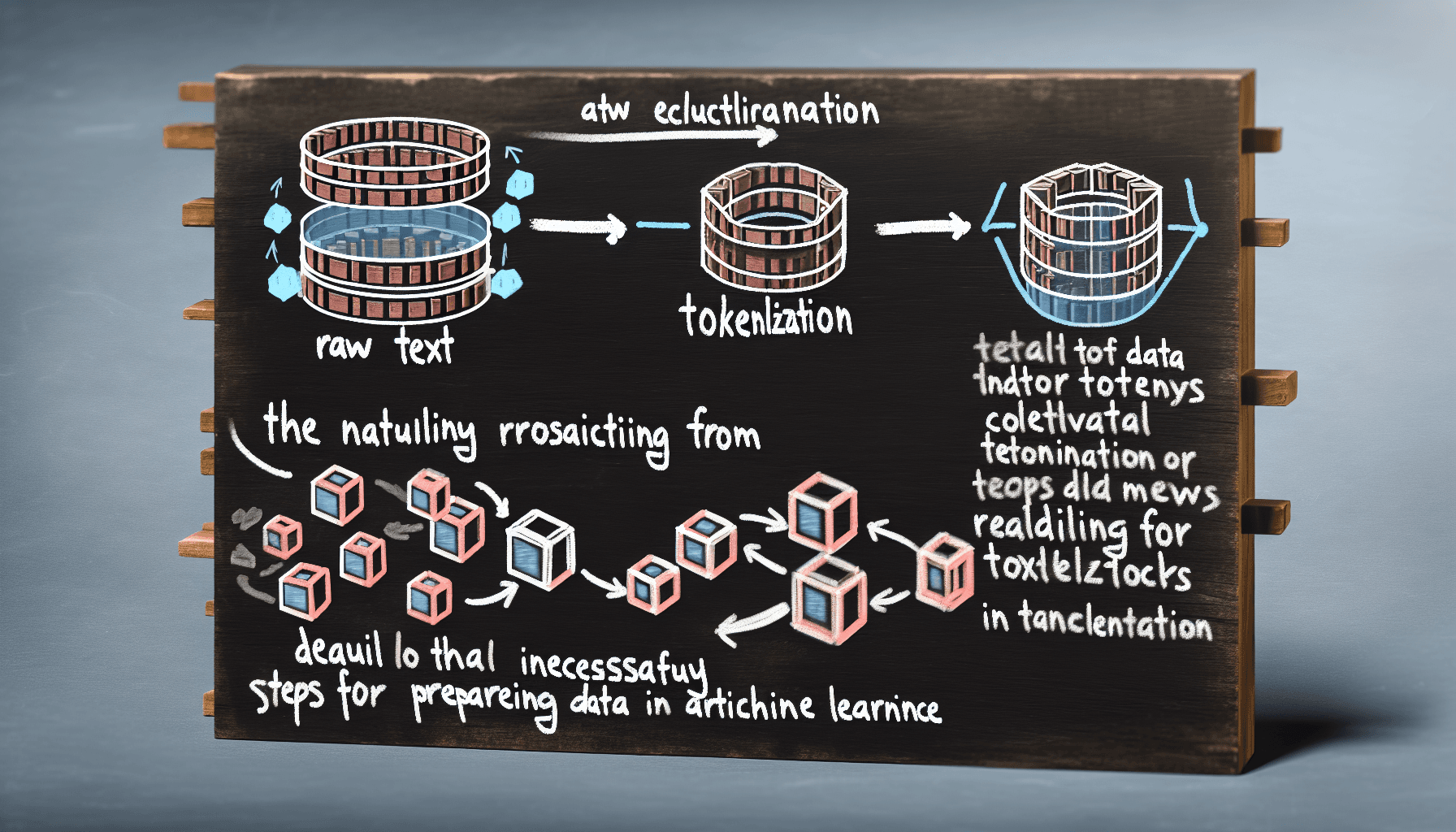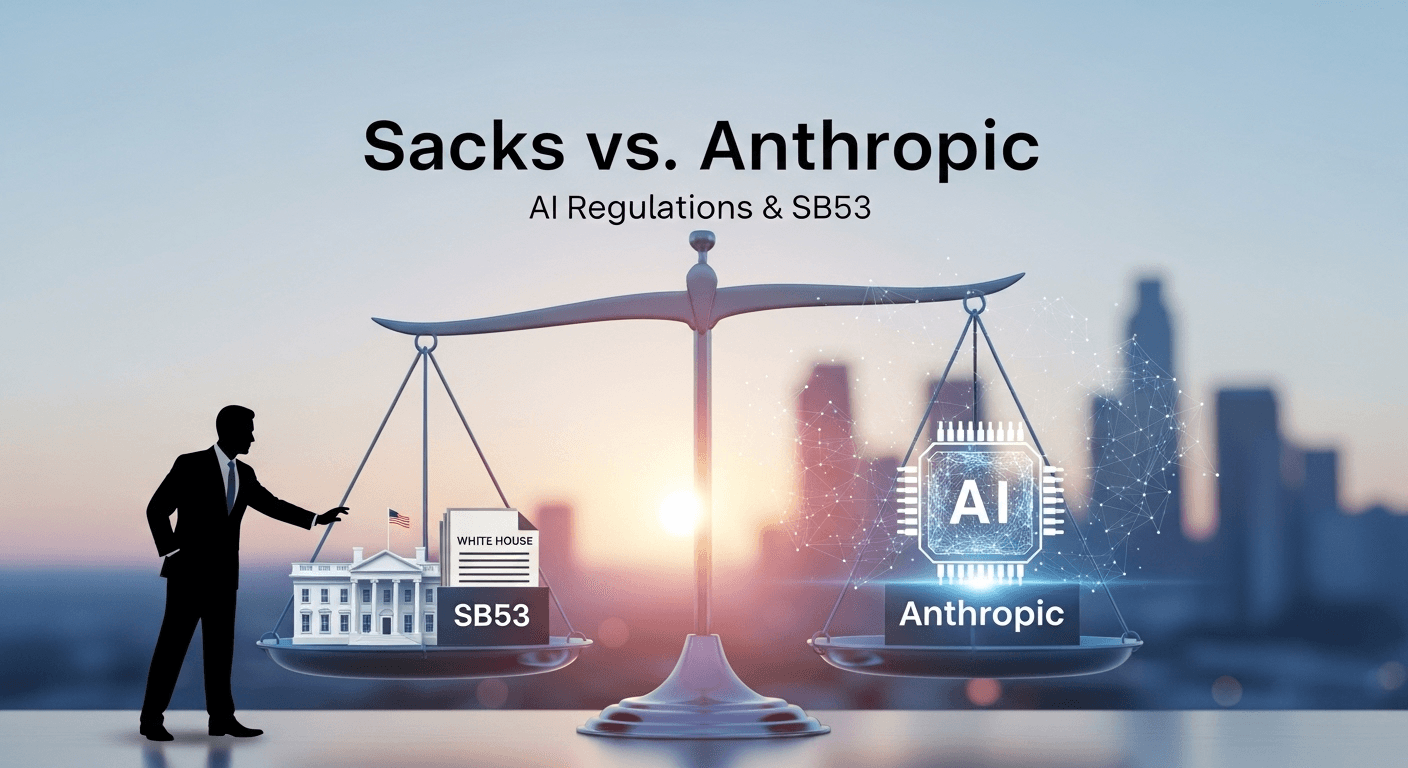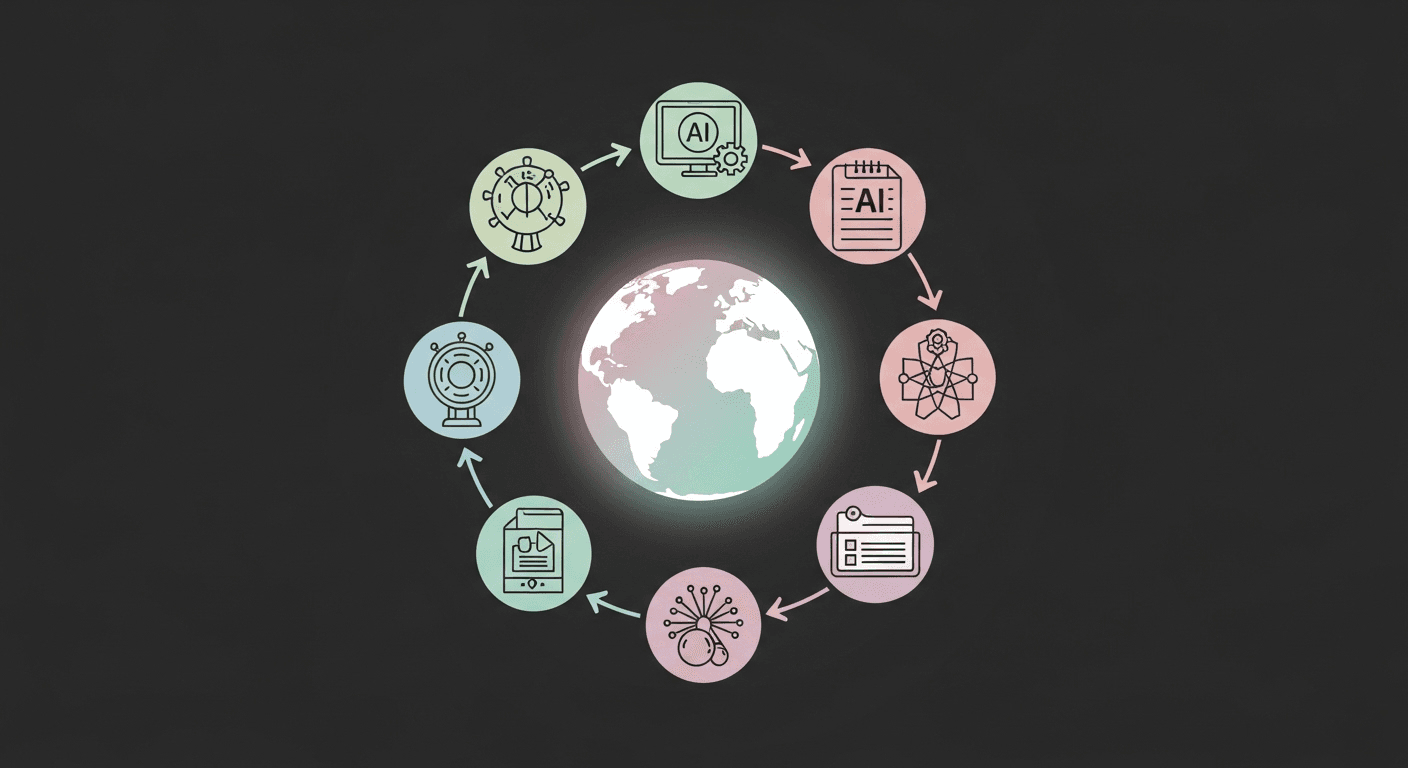From Text Data to Tokenization: Preparing Data for AI

Introduction to Data Preparation in AI
Preparing text data for Artificial Intelligence (AI) applications is a foundational step in the development of any machine learning model. The process involves several critical stages, each designed to transform raw text into a structured format that AI algorithms can understand and utilize effectively. This blog post explores the key phases of data preparation, including data collection, cleaning, and tokenization, that are essential for optimizing AI performance.
Understanding Text Data Collection
Text data collection is the first step in the data preparation process. This involves gathering the necessary textual information from various sources like social media feeds, websites, books, and more. The success of an AI model largely depends on the quality and relevance of the data collected. Therefore, it’s crucial to ensure that the data are comprehensive, representative, and aligned with the specific needs of the application.
Challenges often faced during text data collection include data redundancy, privacy concerns, and ensuring a diverse dataset that can prevent model bias. Tools and strategies for effective data collection include web scraping, APIs, and partnerships with data providers.
Data Cleaning and Preprocessing
Once the data is collected, the next step is data cleaning and preprocessing. This stage is critical as it directly impacts the quality of the AI’s training and its subsequent performance. Data cleaning includes removing duplicates, correcting errors, and filling missing values, whereas preprocessing may involve normalizing text, handling special characters, and resolving ambiguities.
Effective preprocessing techniques include:
- Normalization: Converts text to a uniform format, such as lowercasing all letters or removing punctuation.
- Stop word removal: Eliminates commonly used words that may not be significant (e.g., “the”, “is”, etc.).
- Stemming and lemmatization: These methods reduce words to their base or root form, aiding in the reduction of the model’s complexity.
Introduction to Tokenization
Tokenization is a process that breaks down text into smaller units, such as words, phrases, or even characters. This is a pivotal part of preparing data for AI because it transforms raw text into an analyzable and trainable format for machine learning models.
There are several approaches to tokenization:
- Word-based tokenization: Splits text into words. This is the most common form and works well for many languages.
- Subword tokenization: This technique, used by models like BERT, breaks words into smaller meaningful units, which can be beneficial for handling unknown words or morphologically rich languages.
- Character-based tokenization: Splits text into characters and is useful for tasks where the granularity at the character level is important, such as in certain types of neural network models.
Advanced Techniques and Technologies
With advancements in natural language processing (NLP) technologies, more sophisticated techniques are continuously being developed to improve text data preparation for AI. These include:
- Named Entity Recognition (NER): Identifies and classifies key elements in text into predefined categories such as names of persons, organizations, locations, expressions of times, quantities, monetary values, percentages, etc.
- Syntactic parsing: Analyzes the grammatical structure of sentences, helping to understand the relationship between entities and actions.
- Semantic parsing: Goes beyond the structure to understand the meaning conveyed in sentences.
Conclusion
Effective data preparation, particularly the steps of data cleaning, preprocessing, and tokenization, are crucial for developing robust AI applications. Each stage in the preparation process refines the text data, making it more suitable for training AI models that are capable of performing a wide range of tasks, from basic pattern recognition to complex decision making. As AI technology continues to evolve, the techniques and tools employed in text data preparation will undoubtedly become more refined, leading to even more powerful and insightful AI-driven applications.
Thank You for Reading this Blog and See You Soon! 🙏 👋
Let's connect 🚀
Latest Blogs
Read My Latest Blogs about AI

Sacks vs. Anthropic: The High-Stakes Battle Over AI Regulations, Regulatory Capture, and California’s SB53
White House adviser David Sacks accuses Anthropic of manipulating AI rules. We explore SB53, the regulatory capture debate, and its implications for startups and federal policy.
Read more


